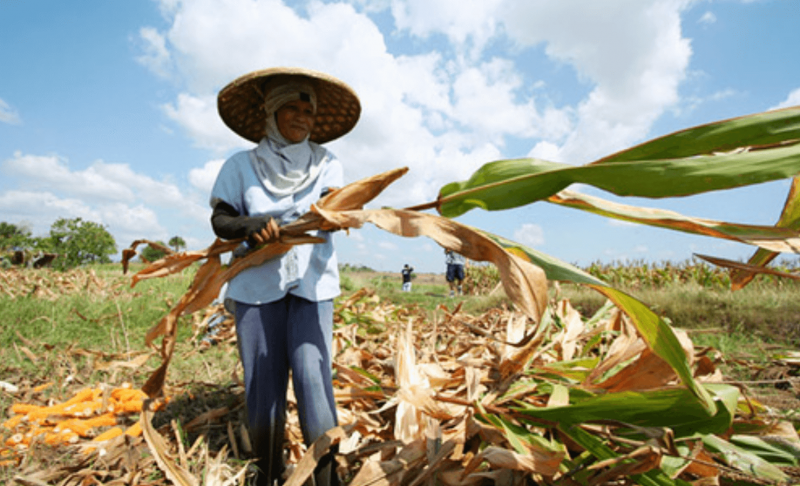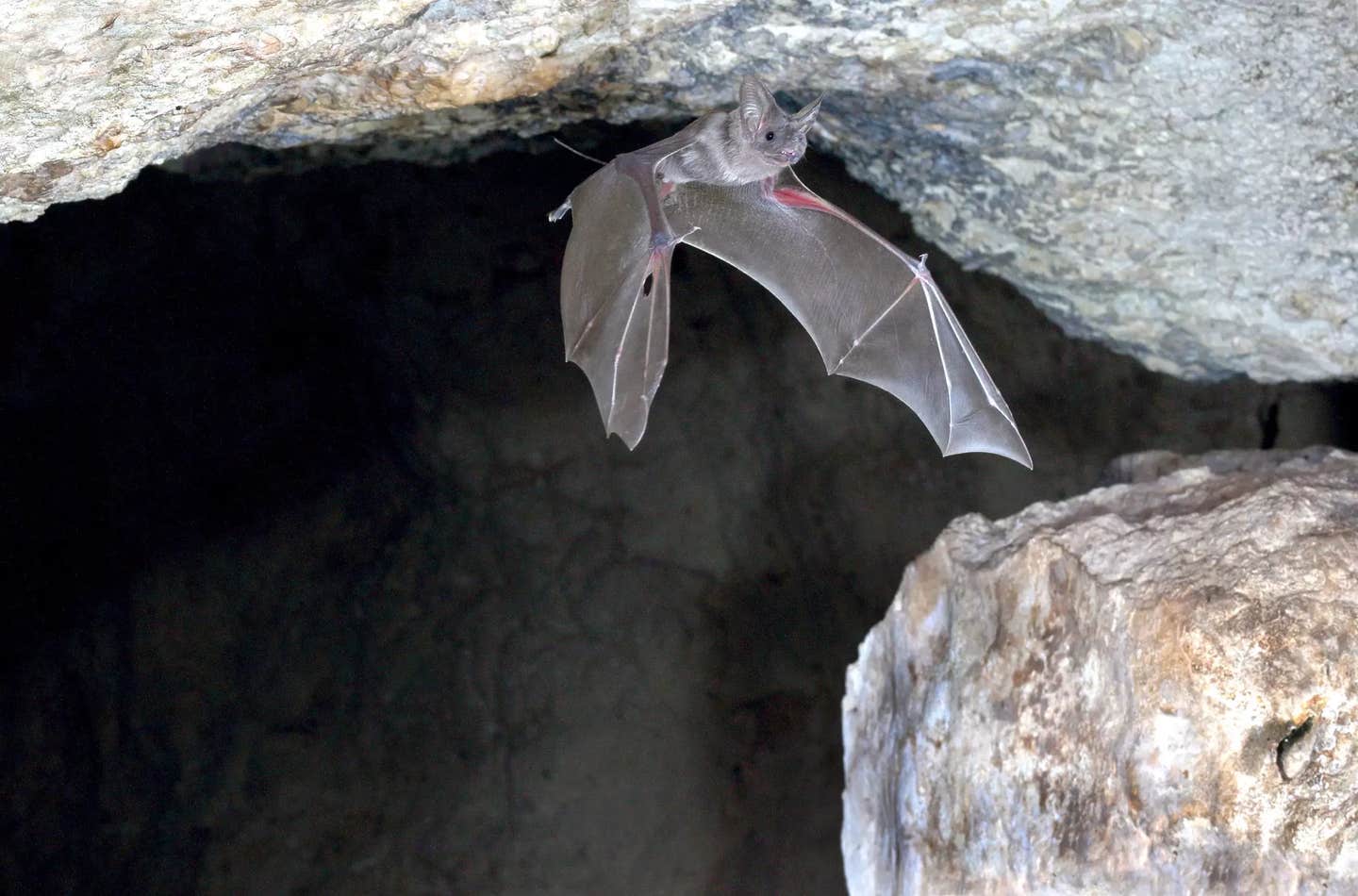Adding Human Gene Boosts Crop Yields by 50 Percent
Almost a billion people around the world don’t have enough food to eat according to the United Nations World Food program.

[August 23, 2021: Paul Caine]
Almost a billion people around the world don’t have enough food to eat according to the United Nations World Food program.
But in a potentially world-changing discovery, scientists led by a team from the University of Chicago have discovered a way to manipulate RNA to dramatically boost crop production.
In tests, researchers found that by adding a gene that encodes for a protein called FTO both rice and potato plants increased yields by 50%.
“The plants grew significantly larger, produced longer root systems and were better able to tolerate drought stress,” according to a university statement announcing the discovery. “Analysis also showed that the plants increased their rate of photosynthesis.”
University of Chicago professor Chuan He was one of the leaders of the research team. He’s research focuses on how genes are expressed and ways to regulate those processes. It used to be thought that RNA molecules read DNA and then produced different proteins to carry out different tasks.
But in 2011, He’s team discovered “that RNA doesn’t simply read the DNA blueprint and carry it out blindly,” according to the statement. “The cell itself can also regulate which parts of the blueprint get expressed … by placing chemical markers onto RNA to modulate which proteins are made and how many.”
He’s team believes that a protein called FTO effectively removes chemical markers on RNA which inhibit growth.
The effect on growth was “shocking” said He. “You get a 50% increase. And that’s true for rice, potatoes. That’s also true with grasses and other economic plants.”
He said everything about the modified plants looks normal.
“They just grow more branches and deeper roots,” said He, who believes the deeper roots are likely the reason the modified plants have become more drought resistant.
He also believes that modified plants could also be used to help mitigate the impact of climate change in a number of ways. Getting more yield from crops for a given area diminishes the need to cut down forests to create land for agricultural use. Larger plants can also soak up more carbon dioxide, one of the key contributors to global warming when released into the atmosphere. Plants and grasses with deeper roots also help hold soil in place and prevent desertification.
Although He’s main focus is research, he says he would be happy to collaborate with commercial partners.
“I can clearly say that with the technology — or the next version which is already ready — we probably can improve the yield of rice, potatoes, soybeans and corn. That will hopefully help solve the food insecurity problems,” said He.
But He is also looking beyond simply the potential impact on food production.
“Perhaps we could engineer grasses in threatened areas that can withstand drought. Perhaps we could teach a tree in the Midwest to grow longer roots, so that it’s less likely to be toppled during strong storms,” said He. “There are so many potential applications.”
For more environmental news stories check out our Green Impact section at The Brighter Side of News.
Like these kind of feel good stories? Get the Brighter Side of News' newsletter.
Tags: #New_Innovations, #Green_Good_News, #Batteries, #Rechargable, #Biomedical, #The_Brighter_Side_of_News
Joseph Shavit
Head Science News Writer | Communicating Innovation & Discovery
Based in Los Angeles, Joseph Shavit is an accomplished science journalist, head science news writer and co-founder at The Brighter Side of News, where he translates cutting-edge discoveries into compelling stories for a broad audience. With a strong background spanning science, business, product management, media leadership, and entrepreneurship, Joseph brings a unique perspective to science communication. His expertise allows him to uncover the intersection of technological advancements and market potential, shedding light on how groundbreaking research evolves into transformative products and industries.



